
Octavi Serra
Octavi Serra, a Barcelona-based artist, designer, and photographer, looks for the irony, truth, and letdowns in modern life through his
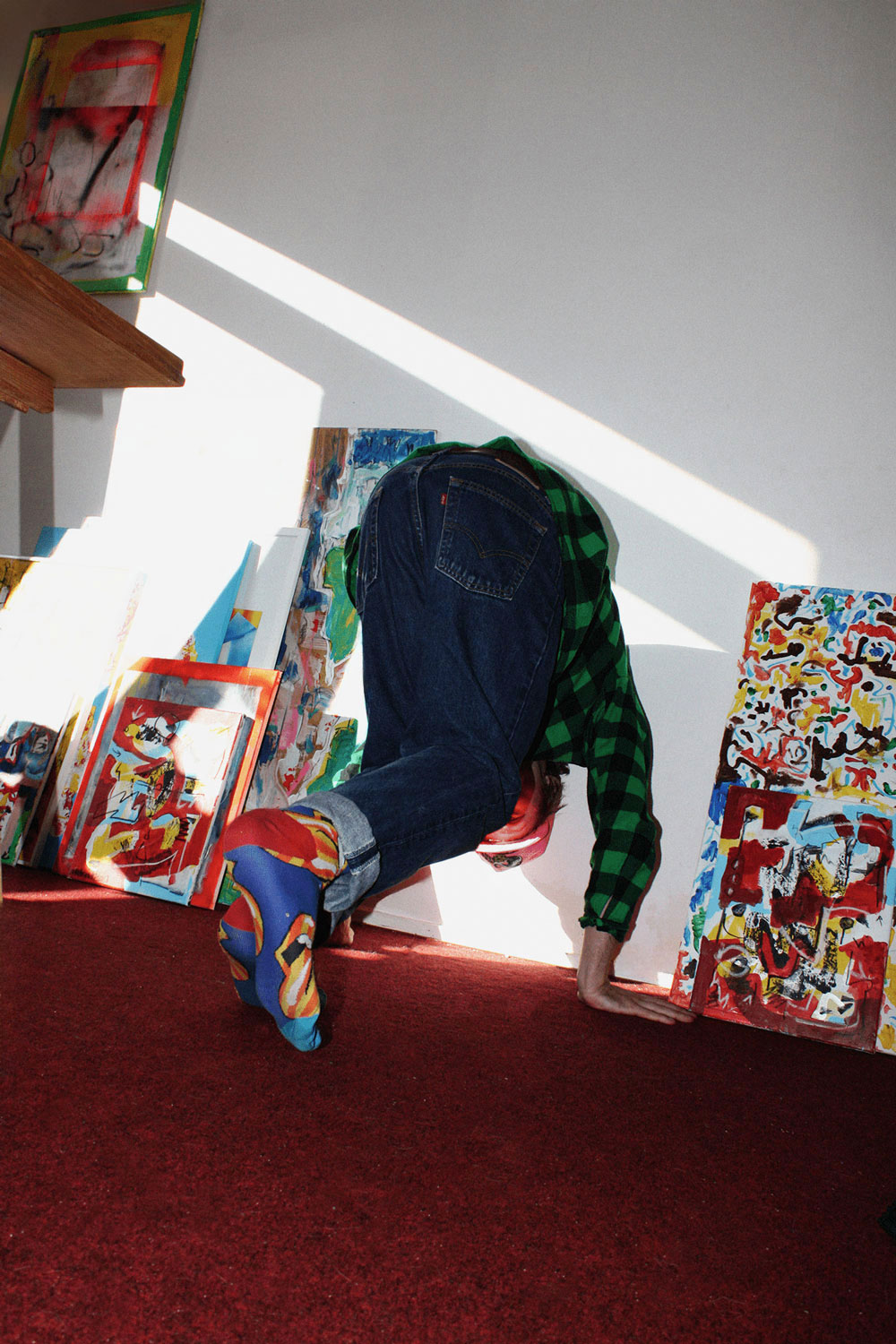
Introducing Michał Ratajczak, a contemporary artist originally from Leszno, Poland, and now based in Rotterdam, Netherlands. With parents as architects and a deep-rooted love for music, Michał thrives on pushing boundaries in art. He has a talent for spontaneity and values the creative process more than the finished work itself.
We had a conversation with Michał Ratajczak, exploring his artistic evolution and the unique philosophies that fuel his work.
Keep reading!
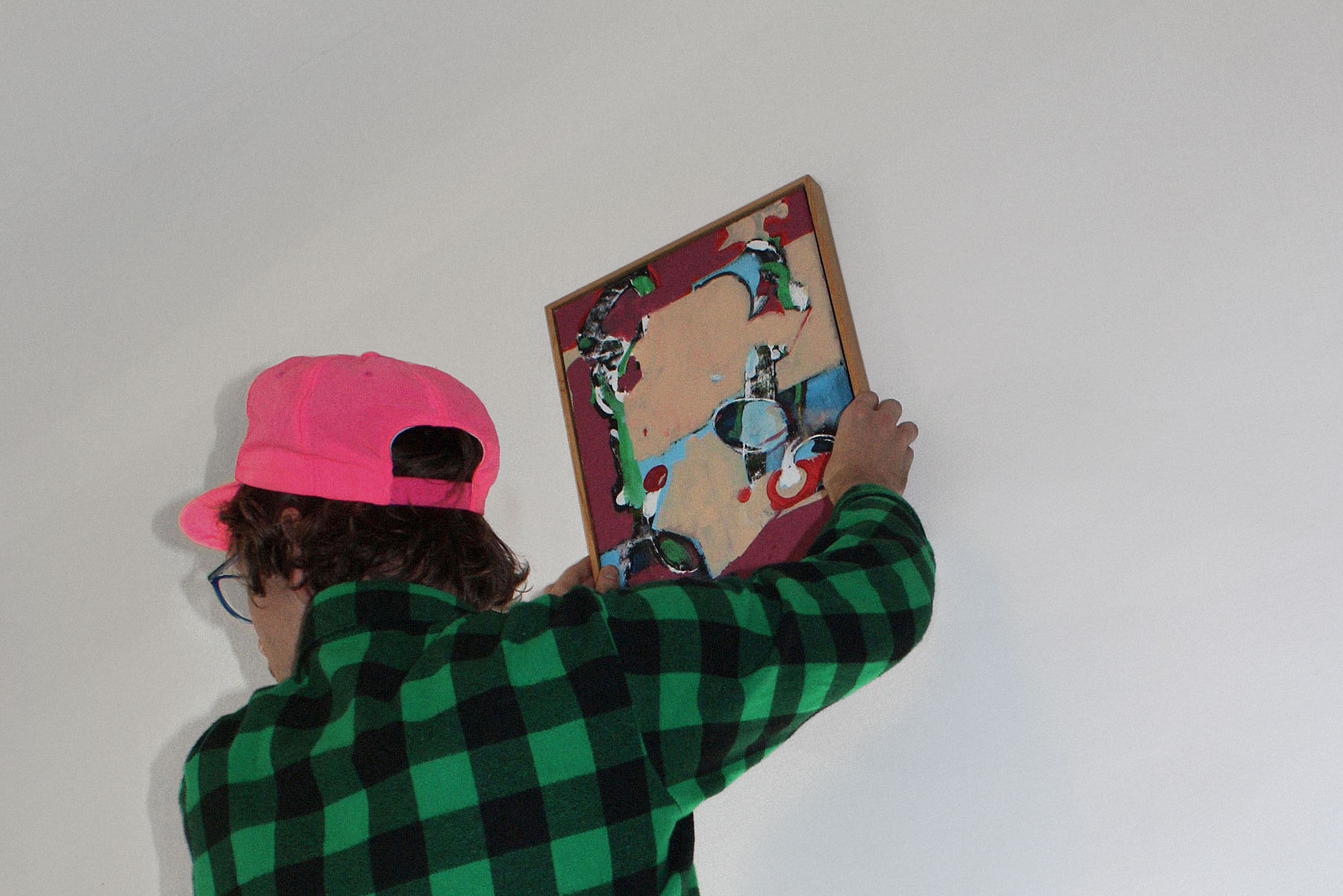
Abstract artist Michał Ratajczak employs techniques similar to mindfulness in his work. His consciousness, stories, and philosophical ideas are significant elements. He mainly uses mixed media, and the material — paper or canvas — doesn’t matter to him. Every gesture aims to shape the final form.
Growing up, Michał Ratajczak was immersed in the arts, a part of his life for as long as he can recall. Interestingly, his parents were architects who dabbled in watercolor painting, mostly for work-related projects. Because of this, a wide range of art supplies was always within reach for him, from fine liners to brushes, paints, and markers. Specifically, he fondly recalls ‘borrowing’ these tools from his mother’s office, which naturally led to conversations about their sudden disappearance.
Ratajczak shares, ‘It was just easier persuading my parents to get me some new art supplies rather than new toys. So, I guess, I was growing up with the idea that ‘creating’ is something important, and you can even spend some money on it!’
Continuing his story, he recalls, ‘I remember winning an art contest for kids. For the first prize, I got a huge fluffy bunny — it was way much bigger than me. I think it was at the age of three. The awards took place in the ‘Panorama.’ That was the only cinema in my hometown at that time, but it no longer existed for years. It’s a minor, forgotten milestone, but it seems I already had a compelling vision even then.
Furthermore, he adds, ‘When I was a kid, my mum worked in an art gallery, and I remember attending art workshops. My works back then already looked abstract, but all my ‘doodles’ had a meaning. I also recall drawing on furniture — under the table and on the side of poofs. Mostly, I drew cars and doodles. I even scratched the wallpaper in my bedroom, imagining what those shapes could represent. Today, I view all that as part of my creative journey.’
Following that line of thought, and as Picasso once said, ‘It took me four years to paint like Raphael, but a lifetime to paint like a child,’ Michal Ratajzak also believes ‘every kid is an artist.’
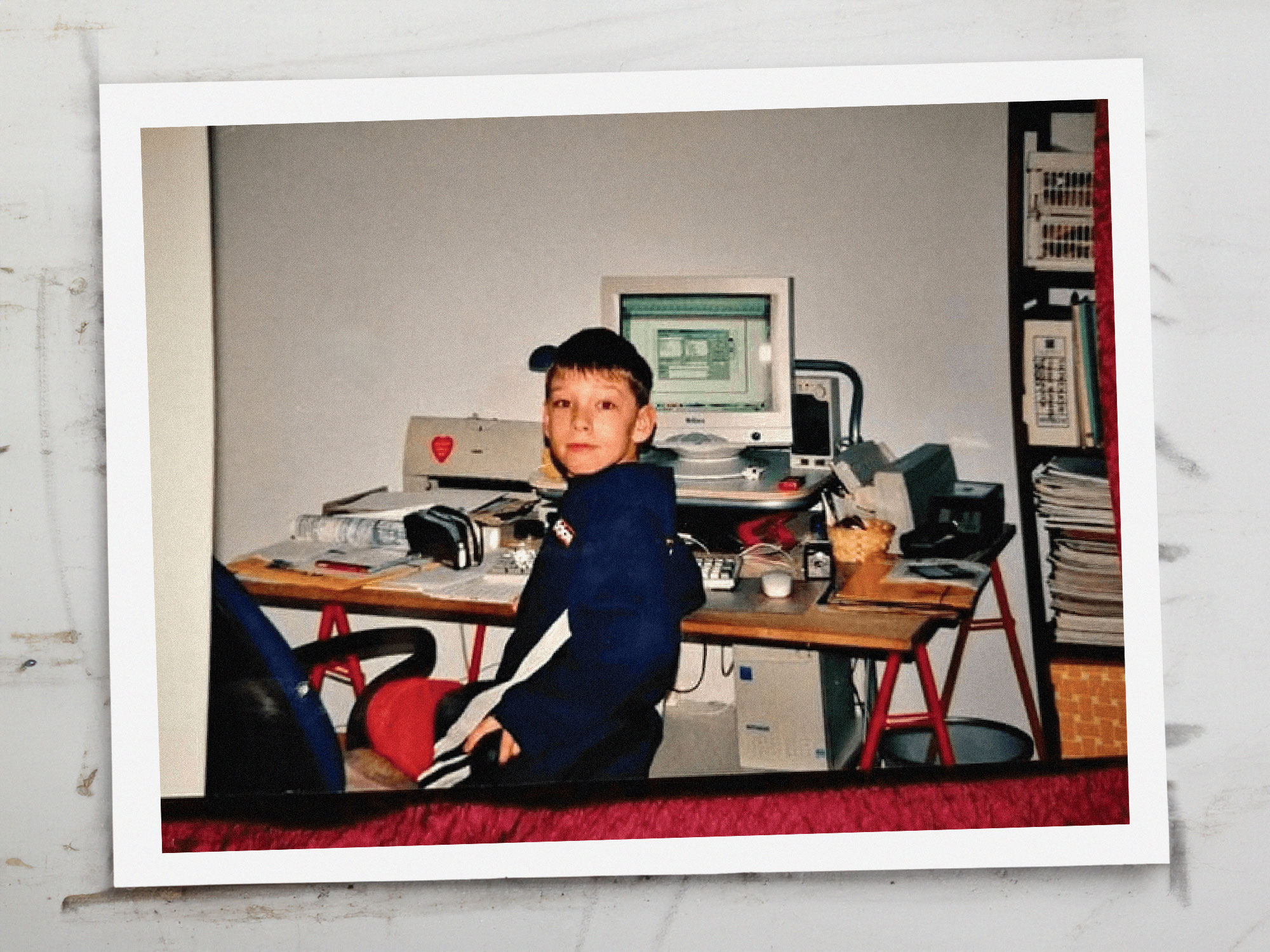
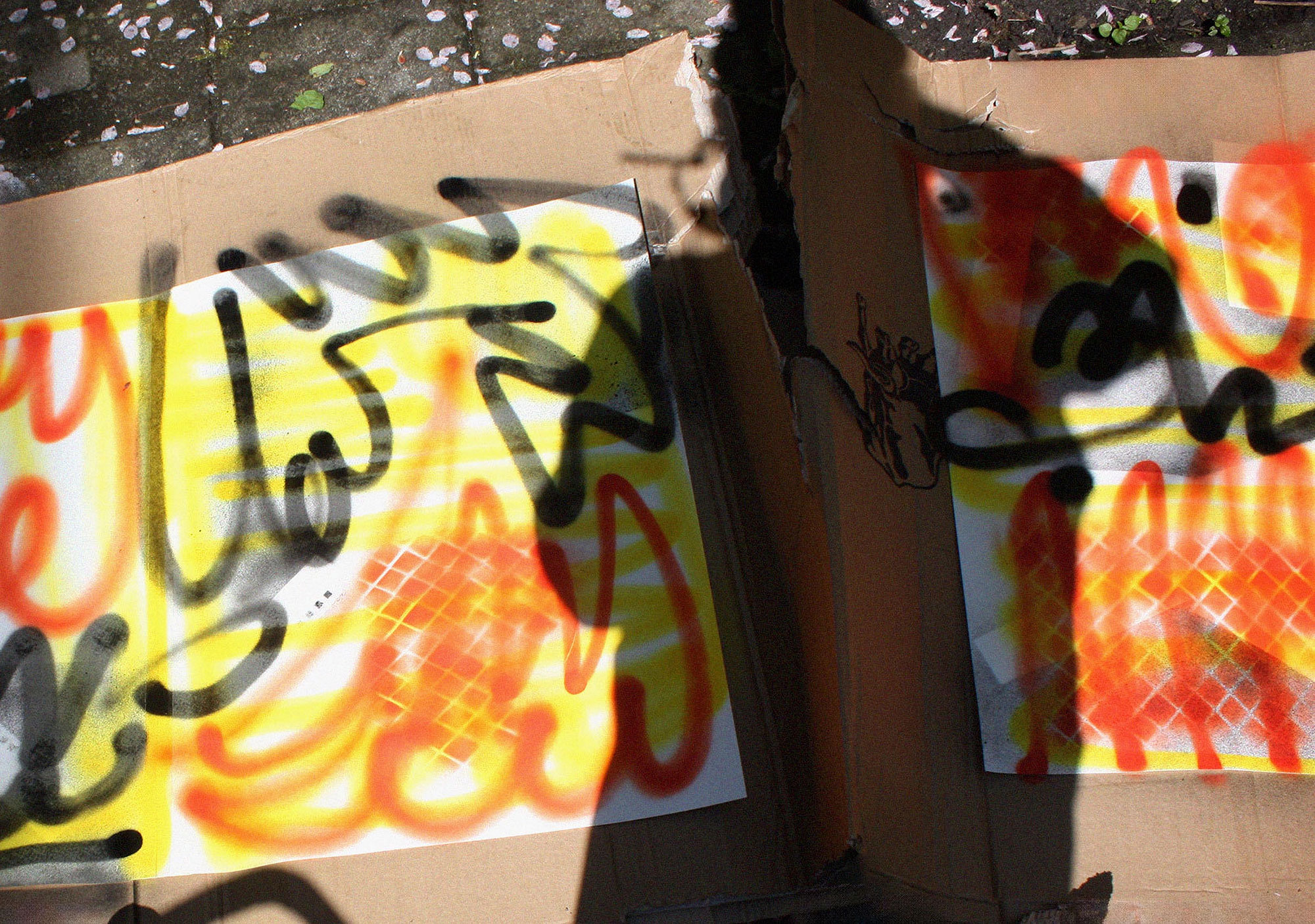
From an early age, Ratajczak felt a strong urge to keep himself occupied. Drawing and painting quickly became his go-to activities for solo downtime. For example, in a time before widespread internet access, he used to draw portraits of famous individuals from CD-based encyclopedias. He effortlessly replicated those images, creating lifelike works.
Fast-forward to his educational years, Ratajczak found himself involved in a variety of experiences. From taking extra drawing lessons to attending academy classes and tackling graphic design tasks, he always circled back to his first love: painting. For him, the workshops from his youth held as much significance as his university studies. In 2016, he graduated from the University of Arts in Poznań, Poland, with a degree in architecture.
On the side, Ratajczak explored other avenues as well. He dabbled in music production, which he casually refers to as ‘just beat making.’ Though he had engaged with music before, this period marked the decision to release his solo compositions. In addition, he played drums in several musical endeavors, took on graphic design projects, and reveled in social activities on weekends and weekdays alike — all without a shred of regret.
Michał Ratajczak opens up, ‘I enjoyed the first three years of my studies, but then distractions piled up. Focusing on architecture became a challenge. Believe me, it’s time-consuming. Essentially, you must commit to making your work your life, a choice I wasn’t willing to make.
On the other hand, some experiences during my school years did have lasting impact. For example, I recall a fellow student who switched to drawing with his weaker, left hand. It was a game-changer for him. A tutor in one of my drawing classes once said, ‘I know you can draw, but maybe you have something more to say.’ Another piece of advice was about painting: ‘you can cover what you’ve already painted with a new layer, and don’t worry, the previous layer will still be there.’ These insights are things I still think about and find beneficial.
Regarding academic classes, courses in design were probably useful too. However, apart from understanding composition and ‘the process,’ I don’t use much of that knowledge today. In the end, I’m still a rebel!’
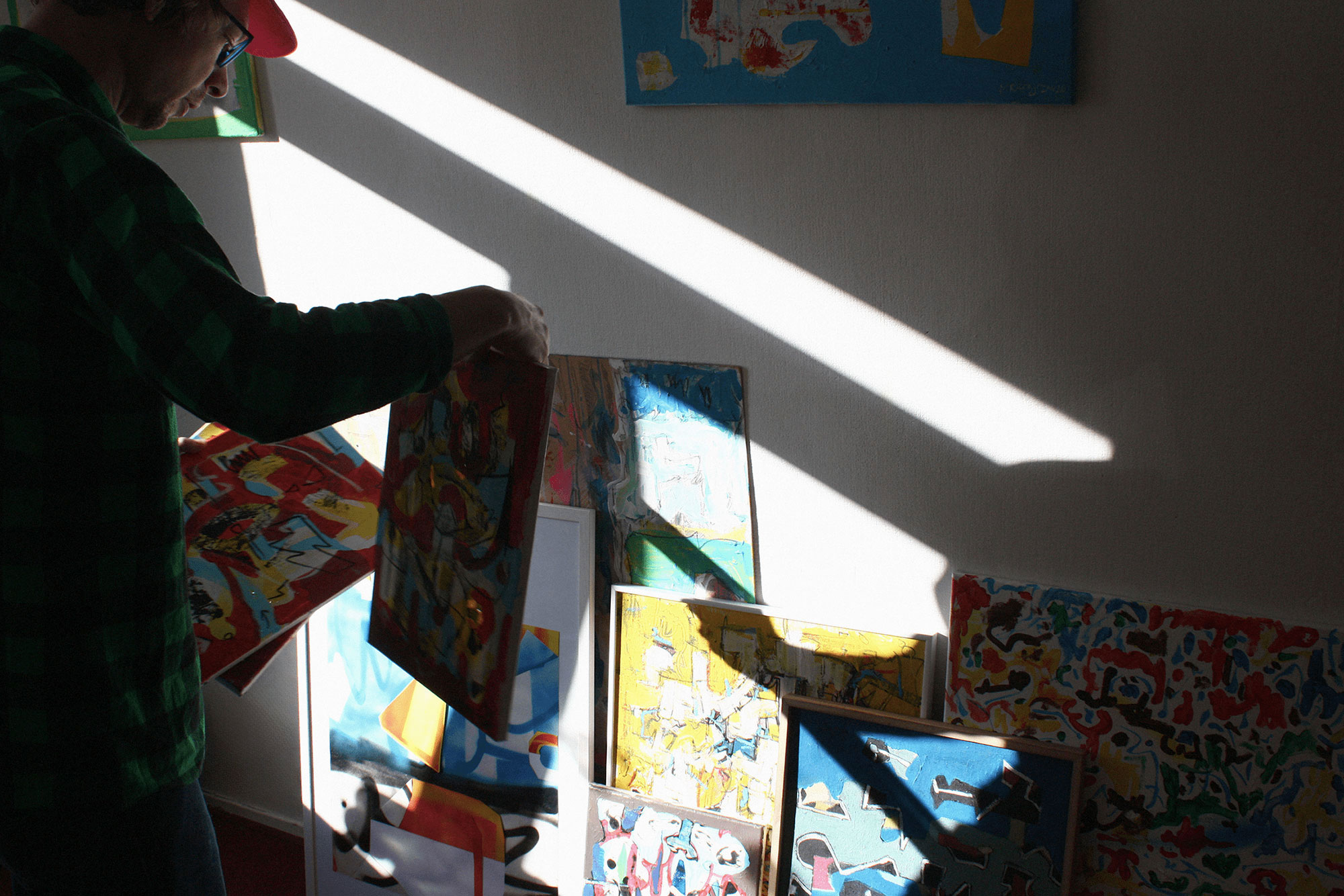
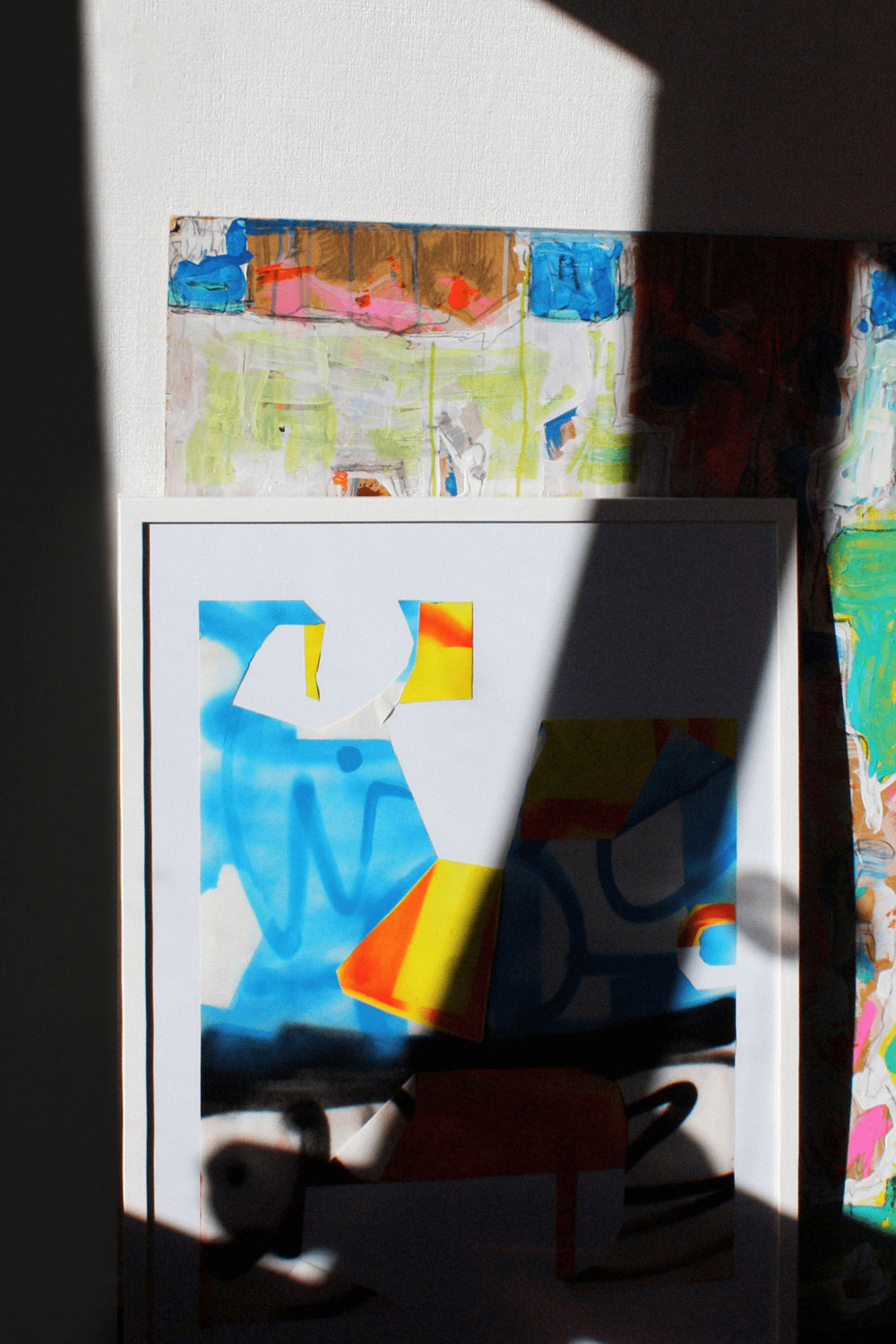
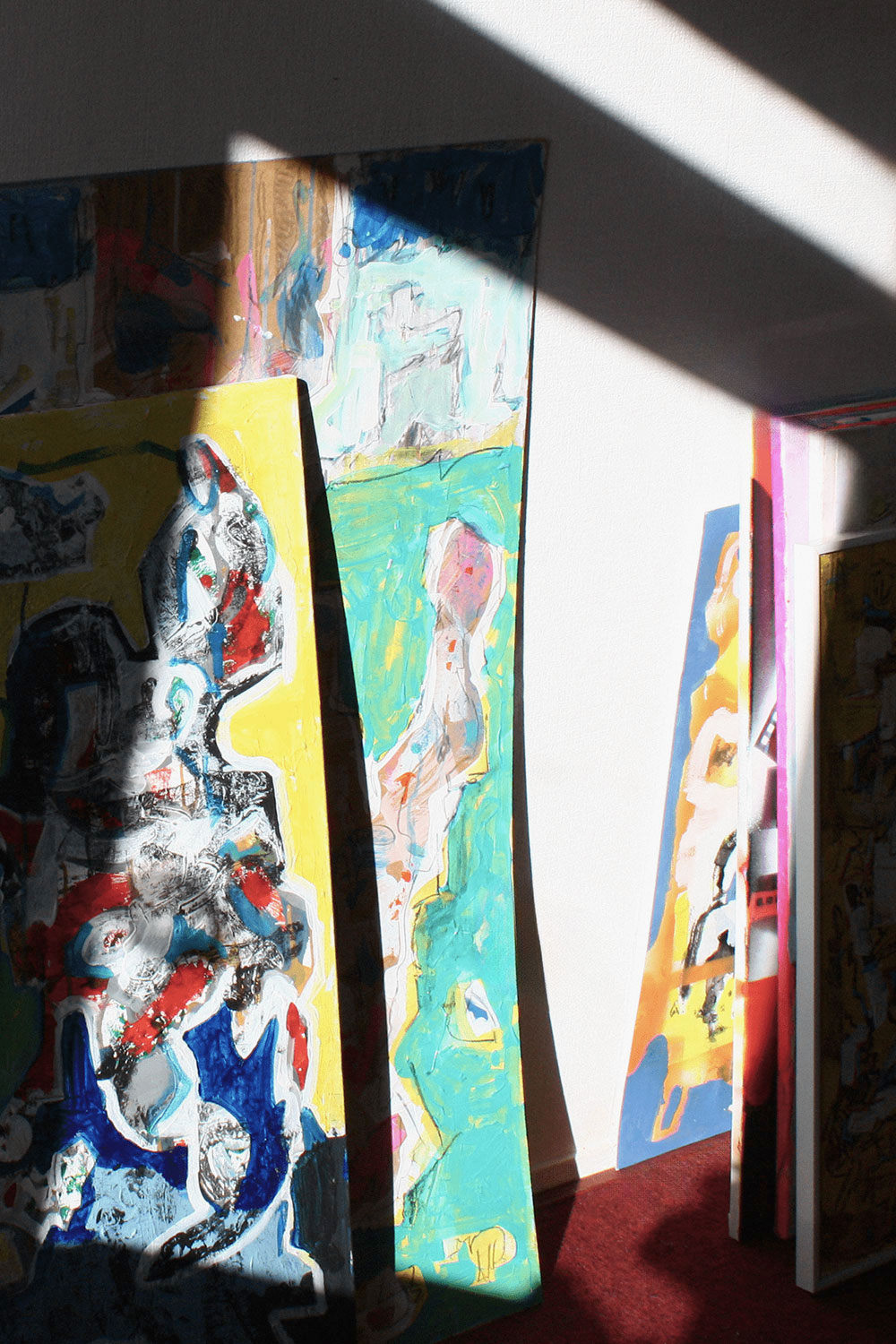
By the time he was completing his master’s, Ratajczak had already decided that architecture wouldn’t be his lifelong career. He briefly dabbled in architectural studio work during his studies but quickly realized it wasn’t for him. Instead, he was drawn to graphic design, a field that still plays a significant role in his life. For instance, he collaborates with his friend and fellow architect Mateusz Ściechowski on a venture called GAAA, which stands for Graduated As An Architect. Launched at the end of 2020, this ‘post-creative club’ mainly focuses on producing topical, screen-printed t-shirts that often touch on contemporary issues. Additionally, Michał Ratajczak frequently works on projects for musical releases and engages with the Creative Studio in the Netherlands.
Making the move to a new country was a transformative experience for him. ‘Moving abroad was a kind of new beginning for me,’ he shares. ‘When you feel like you’re starting from scratch, everything seems possible. That’s how I felt.’
Currently, Ratajczak lives and works in the Netherlands, a setting that has offered him the freedom to deeply engage with the arts.
Ratajczak goes on to say, ‘In architectural studies, you start with lofty ideas about changing the world for the better. But often, you find yourself drawing tiny, overpriced apartments. With graphic design, while it offers more freedom, the commercial constraints can limit creative expression. That’s why I eventually turned to the arts as a platform for visual free speech. Sure, there are setbacks, but they usually fade away as I continue practicing. Ultimately, I find something that resonates with me or sparks a new idea in my mind.’
Reflecting on his journey, the last three years have made a monumental impact on his artistic direction. ‘That was the period when I returned to visual arts, diving deeper into it. In that time, I’ve honed styles that resonate with me. Additionally, I’ve begun to explore narratives that complement the visuals I produce. To me, that seems like the right path to tread.’
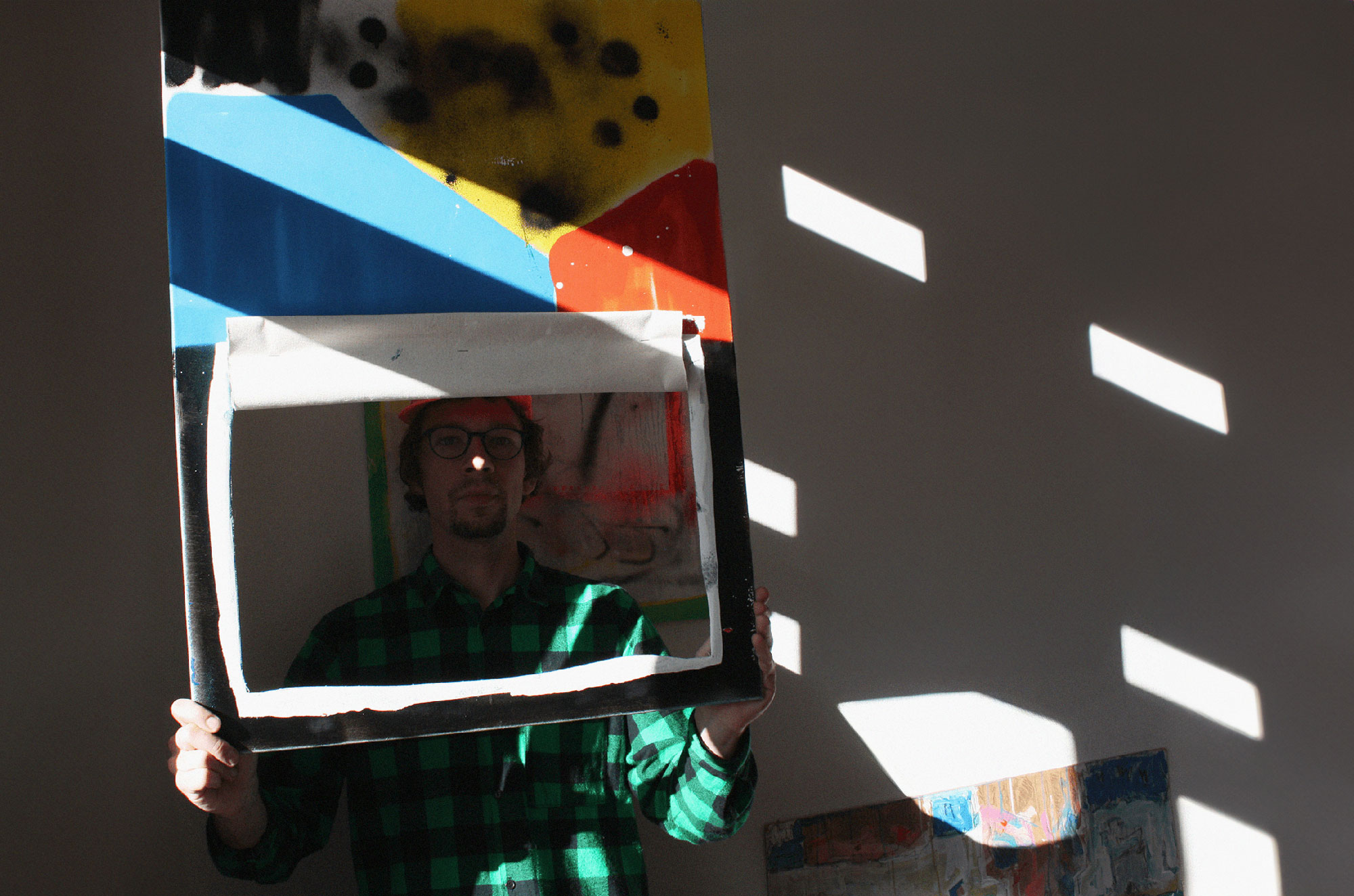
Ratajczak feels a deep connection to the art of street tags and layered graffiti, yet he remains rooted in classical drawing skills. This blend shapes his authentic voice as an artist.
He’s particularly fond of paper as a medium, citing its forgiving nature and versatility. ‘If I mess up, I can flip it over. I love how quickly it dries and the way materials like spray paint interact with it,’ he says. In contrast, he finds canvas to be somewhat limiting, often creating a barrier between him and his artistic expression. Ratajczak finds paper efficient for his work pace. ‘Its limitations actually speed up my process,’ he says. He also appreciates the paper’s everyday quality. ‘It’s a more down-to-earth medium than canvas, which can feel pretentious at times.’
Lastly, he notes the practicality of paper. ‘It’s easy to store, especially when I’m churning out quick works. Some pieces take 30 minutes; others might take months, but paper makes managing all that simpler.’
Ratajczak operates under one guiding principle: There are no rules. This approach keeps his work fresh and exciting, as he doesn’t draft preliminary sketches. ‘Every piece is unique because it’s born from the process, filled with delightful surprises and unplanned outcomes,’ he notes.
What catches his eye the most are often the simple things—tags on a trash container, the random arrangement of furniture outside a house, or vivid drawings on a sidewalk. These mundane scenes spark his creative energy, serving as informal muses for his work.
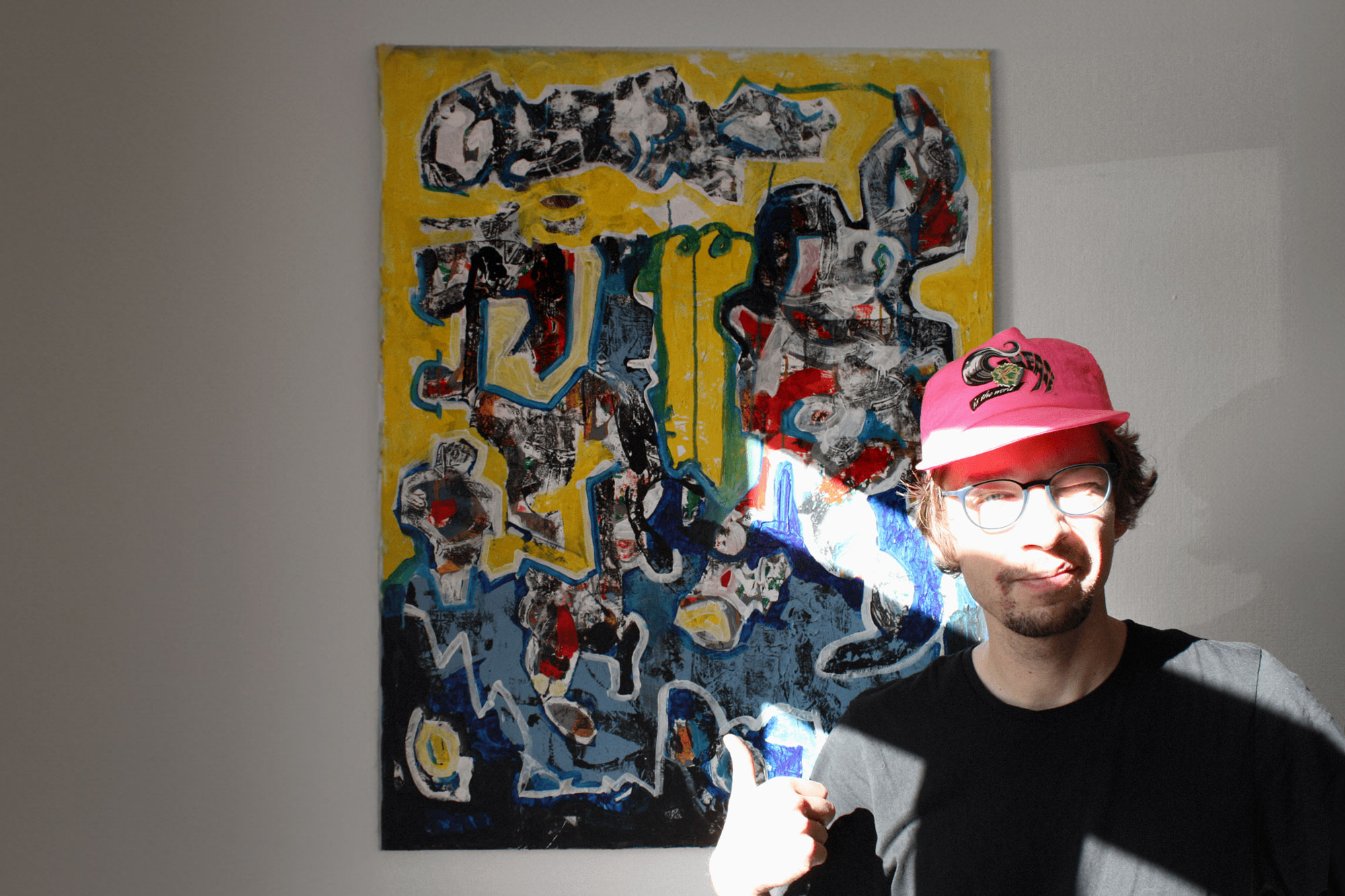
↑ (all above) — Photos: Michał Ratajczak & Creative Studio
He also draws immense inspiration from music, specifically punk rock, hip-hop, and avant-garde jazz. ‘The overlap between my art and music practice is multi-layered. For example, I’ve started using fewer layers in my music, finding it also enhances my art. I like to think of each color or layer as an instrument, and vice versa,’ he explains.
Moreover, his mood and self-esteem get a boost from successful sessions in either field. ‘If I nail a musical session, that positive energy flows into my art, and the same happens in reverse. Even if one doesn’t go well, I have the other as a fallback. It’s a win-win,’ he concludes.
Inspired and driven by everyday life, Michał Ratajczak aims to further develop the conceptual side of his practice. Ideally, he searches for a balance in having the concept and visual aspects that will complement each other within a project.
Finding a perfect way to ‘keep going’, nowadays Ratajczak focuses closely on the practice itself. After all, he only discovers new ideas and techniques when he experiments with different mediums directly. Therefore his artistic state always pulses around the concept of ‘no practice = no concepts’.

Octavi Serra, a Barcelona-based artist, designer, and photographer, looks for the irony, truth, and letdowns in modern life through his
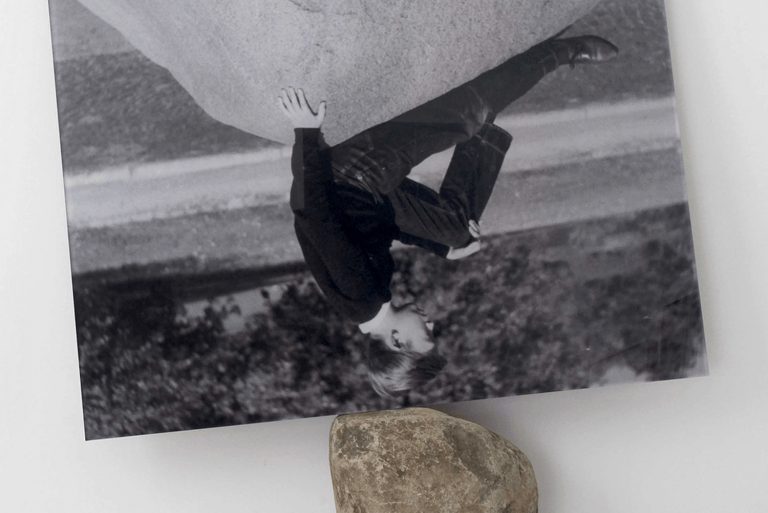
The work of Marlo Pascual had earned the attention of a set of artists particularly for her photo-based work. She
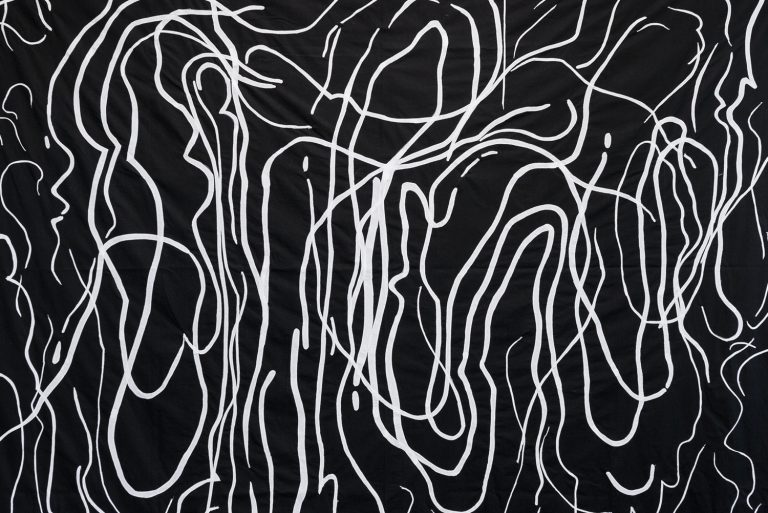
Born in Rhenen, Netherlands, the dynamic artist Riëtte Wanders has anchored her creative pursuits in Amsterdam. The sheer magnitude of
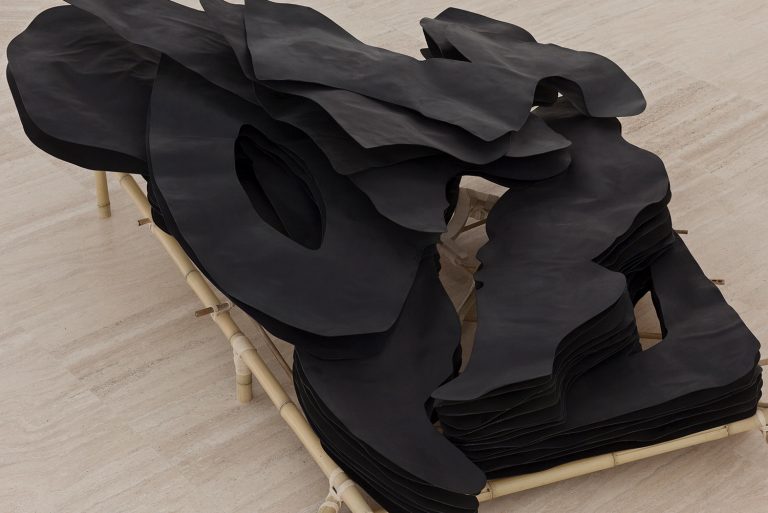
Giuseppe Gabellone, born in 1973 in Brindisi, Italy, has established his creative base in Paris. His artistry seamlessly weaves surrealism,
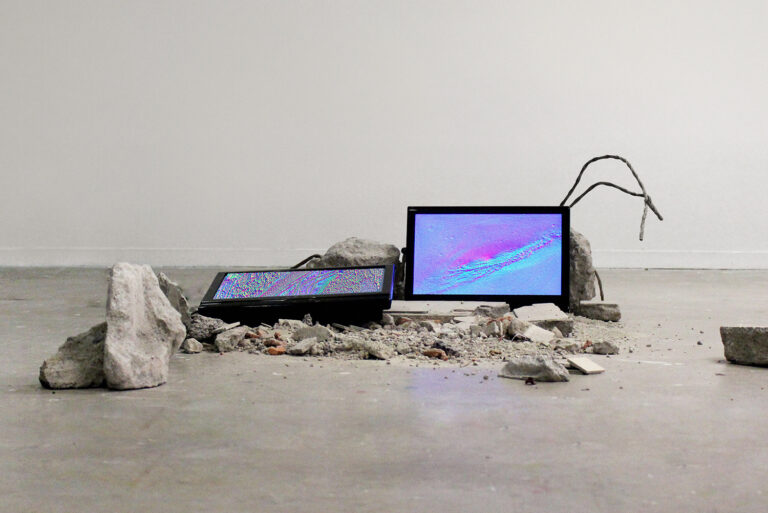
Manon Pretto operates amidst the lively streets of Paris and against the historic backdrop of Clermont Ferrand. Her thought-provoking works
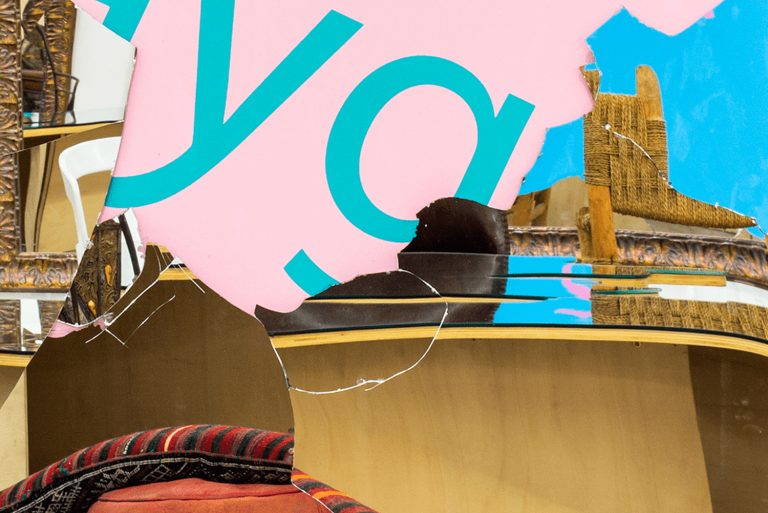
Michelangelo Pistoletto, born in 1933 in Biella, Italy, embarked on his artistic journey in 1955. By 1960, he was already
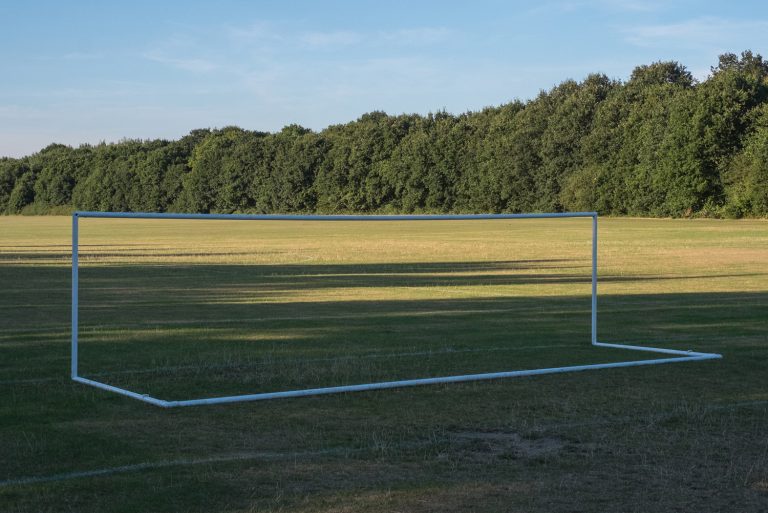
Born in Romania and raised in Spain, Denis Cherim is a photographer who has made Madrid both his home and
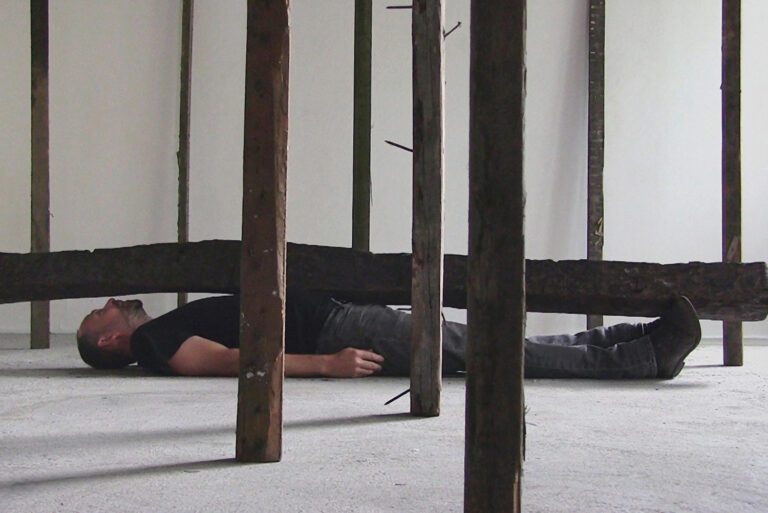
Claude Cattelain, born in Kinshasa, now bases his artistic practice in Valenciennes and Brussels. His work investigates physical gestures and
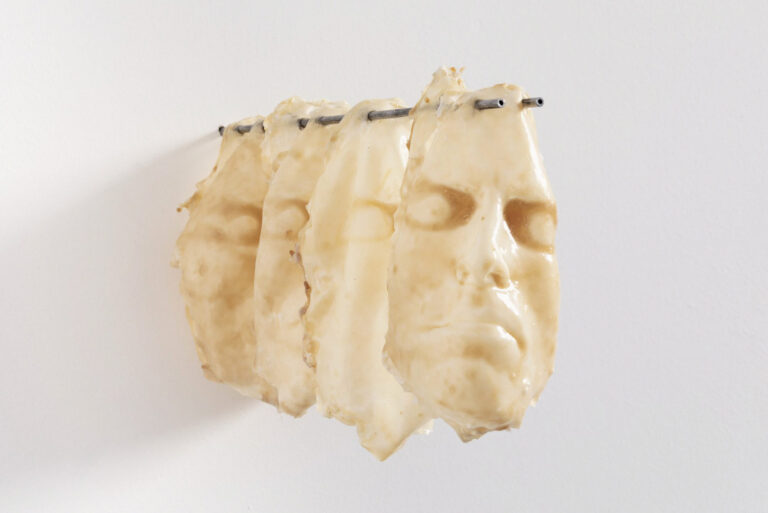
Amidst the quaint charm of Brescia, Italy, Leonardo Anker Vandal unfolds a world veiled in the whispers of yesteryears and
Independent Art & Design Gallery 0→1 © 2024
Stay in the loop with 0→1. Join our email list for the latest news, artist highlights, and first dibs on our exclusive collections. Dive into the art world with us — curated, simplified, and personal.
(We respect your inbox. Our updates are curated for value, and you can unsubscribe anytime. No spam, just art.)
We use cookies to improve your browsing experience; details in our Privacy Policy →